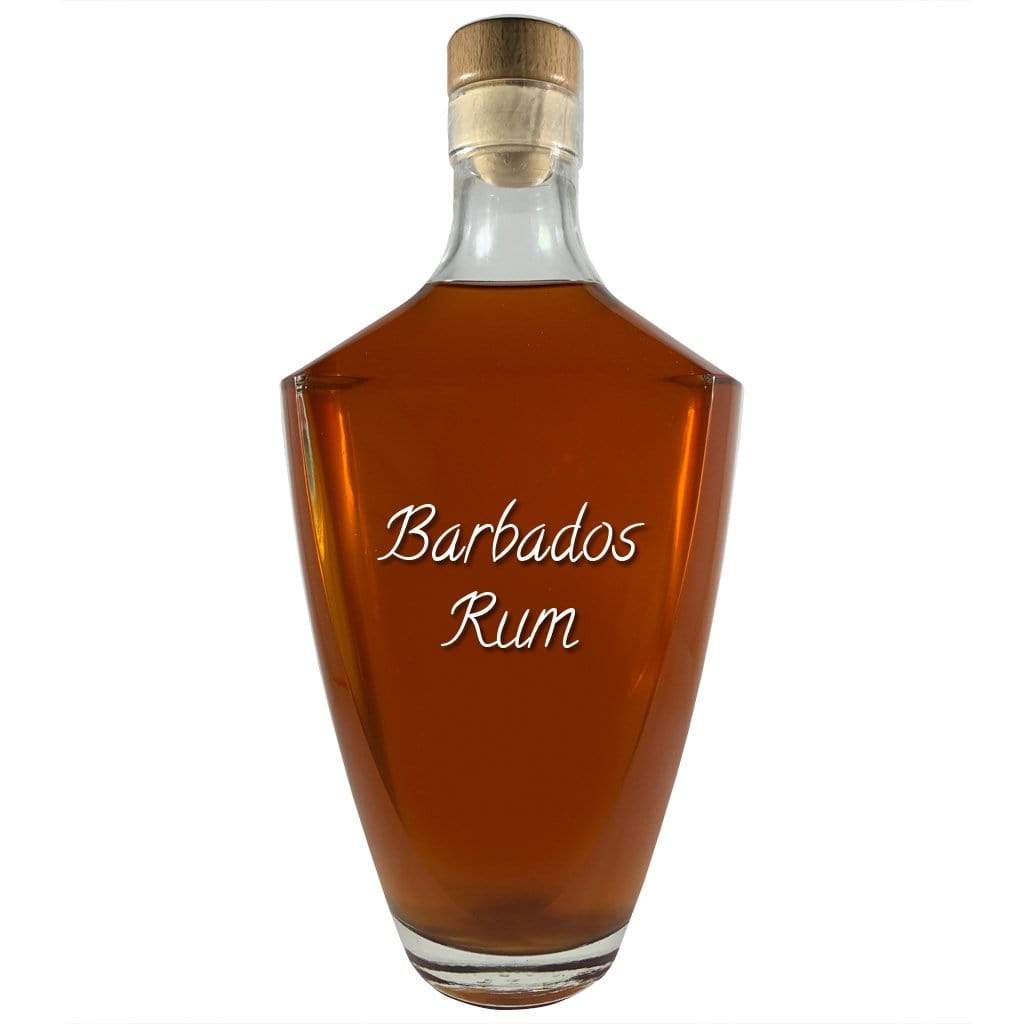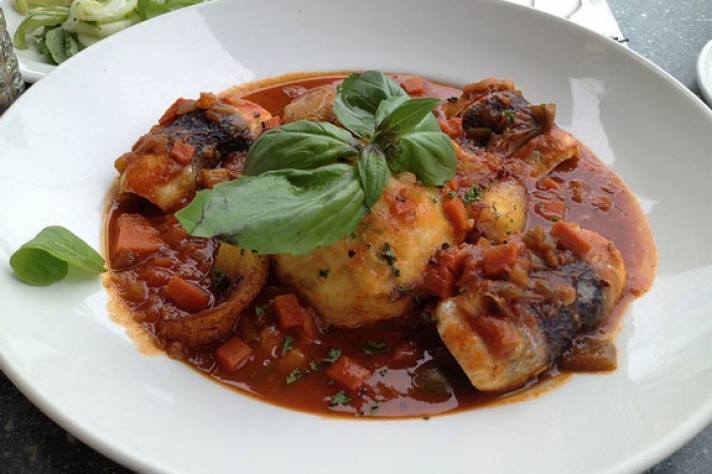5. The Bajan Dialect
Barbados is famous for its unique Bajan dialect, a creole language influenced by Caribbean languages and English. This dialect symbolizes the country’s history and resilience, particularly in the context of colonialism and slavery.
Originally developed by enslaved African ancestors as a means of covert communication, the Bajan dialect has transcended time. Even after gaining independence, it continues to thrive in everyday conversations, especially in informal settings.
While English serves as the official language widely spoken and understood in Barbados, be prepared to immerse yourself in the rich tapestry of the Bajan dialect during your visit. Who knows, you may even develop an appreciation for and embrace this captivating language.
7. Rum
Barbados is known for being the birthplace of rum and is popular for producing some of the finest rum in the world.
The production of rum in Barbados can be linked to the abundance of sugarcane – an important ingredient in rum production – plantations in the country.
Barbadian rum is known for its smoothness, complexity, and unique flavor profiles. The local distilleries are recognized and respected worldwide for their craftsmanship and quality.
Barbados produces a wide array of rum styles, including white rum, golden rum as well as aged rum. The rum industry in Barbados is taken very seriously as strict measures are implemented to ensure the integrity and authenticity of the nation’s rums. It is a big source of pride for the country.
The rum distilleries also offer tours and tastings for visitors who are willing to know about the rum-making process. Mount Gay Rum is one of the iconic local brands around, and the signature tasting experience is truly a dive into the Barbados rum culture.

8. First Parliamentary Democracy after English one
Taken from: https://www.visitbarbados.org/things-to-do/experiences/history-culture?pageindex=1
The history and culture of Barbados is unique, and we Bajans (the familiar term for Barbadians) are at ease with our past and proud architects of our future.
Start your Caribbean cultural holiday here with some interesting facts about Barbados:
- Our island was colonised by the English early in the 17th century
- Before then, Barbados was inhabited by Carib and Arawak Native Americans
- Transformed by the plantation system and slavery, we were the world's number one sugar producer by 1650
- Barbados is the oldest continuing parliamentary democracy outside England
- We achieved universal voting rights in 1943 and opted for full independence from the UK in 1966
- Our cultural roots are in the plantation slavery economy, a unique blend of West African and European
- We speak English with a distinct accent, spiced with words in West African-English pidgin called Bajan
9. Harrison’s Cave
Harrison’s Cave is a spectacular network of tunnels and caves formed over thousands of years by the eroding forces of water on limestone rocks. Extending for about 1.4 miles, this cave system boasts several unique geological formations.
The cave is adorned with striking stalactites and stalagmites, which create a dazzling display of intricate patterns and sparkling beauty that makes for a surreal experience.
The cave is also home to a plethora of underground streams and clear pools of water, illuminated to further amplify the serene atmosphere within.
You have two options for exploring the cave system. The guided tram tour allows comfortable exploration while a guide provides information about the geological features and processes in the cave. Alternatively, the specialty tour offers a more adventurous and immersive experience, allowing visitors to explore the cave on foot.
Whichever option you choose, a visit to Harrison’s Cave promises a unique and remarkable experience that will expose you to the remarkable wonders of Barbados.
A gentleman chaebol became a pirate
Stede Bonnet (1688– 10 December 1718) was a Barbadian-born pirate and military officer, known as the Gentleman Pirate for the reason that he was a moderately wealthy landowner before turning to a life of crime. Bonnet was born into a wealthy English family on the island of Barbados, and inherited the family estate after his father's death in 1694. Despite his lack of sailing experience, Bonnet decided he should turn to piracy in the winter of 1716 or spring of 1717. He bought a sailing vessel, the Revenge, and travelled with his paid crew along the Eastern Seaboard of what is now the United States, capturing other vessels and burning other Barbadian ships.
Bonnet set sail for Nassau in the Bahamas, to the haven for pirates known as the "Republic of Pirates", but he was seriously wounded en route during an encounter with a Spanish warship. After arriving in Nassau, Bonnet met Edward Teach, better known as the infamous pirate Blackbeard. Incapable of leading his crew, Bonnet temporarily ceded his ship's command to Blackbeard. Before separating in December 1717, Blackbeard and Bonnet plundered and captured merchant ships along the East Coast. After Bonnet failed to capture the Protestant Caesar, his crew abandoned him to join Blackbeard aboard the Queen Anne's Revenge. Bonnet stayed on Blackbeard's ship as a guest, and did not command a crew again until summer 1718, when he was pardoned by North Carolina governor Charles Eden and received clearance to undertake privateering against Spanish shipping interests. Bonnet was tempted to resume his piracy but did not want to lose his pardon, so he adopted the alias "Captain Thomas" and changed his ship's name to Royal James. He had returned to piracy by July 1718.
In August 1718, Bonnet anchored Royal James on an estuary of the Cape Fear River to careen and repair the ship. In late August and September, Colonel William Rhett, with the authorization of South Carolina's governor Robert Johnson, led a naval expedition against pirates on the river. Rhett's and Bonnet's men engaged in combat for hours, but the outnumbered pirates ultimately surrendered. Rhett arrested the pirates and brought them to Charles Town (now Charleston, South Carolina) in early October. Bonnet escaped on 24 October, but was soon recaptured on Sullivan's Island. On 10 November, Bonnet was brought to trial and charged with two acts of piracy. Judge Nicholas Trott sentenced him to death. Bonnet wrote to Governor Johnson to ask for clemency, but Johnson endorsed the judge's decision, and Bonnet was hanged in Charles Town on 10 December 1718.
Taken from Wikipedia
1. Nickel mining
Nickel mining in New Caledonia is a major sector of the New Caledonian economy. The island contains about 7.1 million tonnes of nickel reserves, about 10% of the world's total. With an annual production of 200,000 tonnes in 2020, New Caledonia was the world's fourth largest producer after Indonesia (760,000), Philippines (320,000), and Russia (280,000), followed by Australia (170,000) and Canada (150,000).
Nickel production in New Caledonia accounts for 6% of the island's GDP and 24% of private employment. With the exclusion of tourism, nickel ore and derived metallurgical products represent about 90% of the total value of exports. The industry has played a dominant role in the politics of New Caledonia for over a century. 
https://en.wikipedia.org/wiki/Nickel_mining_in_New_Caledonia
3. Eosinophilic Meningitis
New Caledonia is famous for having had 92 cases of a dangerous strain of meningitis between 2004 and 2019. This meningitis causes 2 to 3% of deaths when infect children and young adults. Melot et al. (2021) have determined that among the 92 studied cases, 17 of them can be assigned to a consumption of the rat lungworm Angiostrongylus cantonensis that was disseminated in Pacific Islands and Eastern Asia by the rats escaping from warships in the Second World War. But when rats defecate create other hosts, intermediate like the snails and slugs, and paratenic as planarians, freshwater shrimps, crabs and reptiles. In New Caledonia, the main agent seems to be the planarians, Schmidtea mediterranea, that attached to fruits and vegetables although it cannot be discarded the consumption of giant African land snail Lissachatina fulica, a recent invader of New Caledonian fields that is used as a feed to pigs. As per the seasonal incidence you have to avoid pig meat and fresh fruits and vegetables in February and between May and October if you plan to visit New Caledonia and if you are in the age range of previously affected people.
This was written after reading the research article Eosinophilic Meningitis in New Caledonia: The role of Angiostrongylus cantonensis by Melot et al.This article was published in Plos One vol. 16 in August 12, 2021.
Reference: https://doi.org/10.1371/journal.pone.02654964 Planarians:
4. Traditional wood carving
Apart from basket weaving, the Kanak peoples boast a rich wood-carving tradition. You can find these wooden sculptures on display in museums and cultural centres across the country.
One notable example is the Mwa Ka monument, a 12-metre totem pole with carvings that pay homage to the regions of New Caledonia.
5. Bougna
Bougna is the most traditional dish you’ll find in New Caledonia and a great example of the local Kanak cuisine, rather than French influence. It’s made of chicken, lobster or fish mixed with root vegetables such as yams, sweet potatoes and coconut milk, wrapped up in banana leaves. The parcels are then placed into an earth oven where they cook over the hot rocks. This style of cooking is common in the Pacific Islands, although the ingredients will vary between the nations.











 sohonee:
sohonee:
